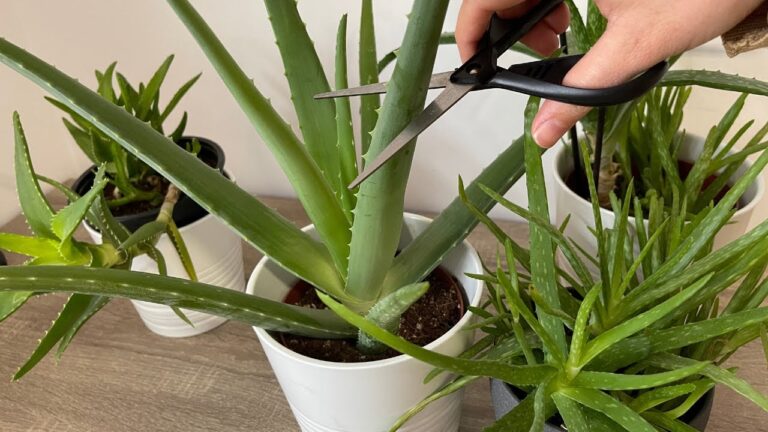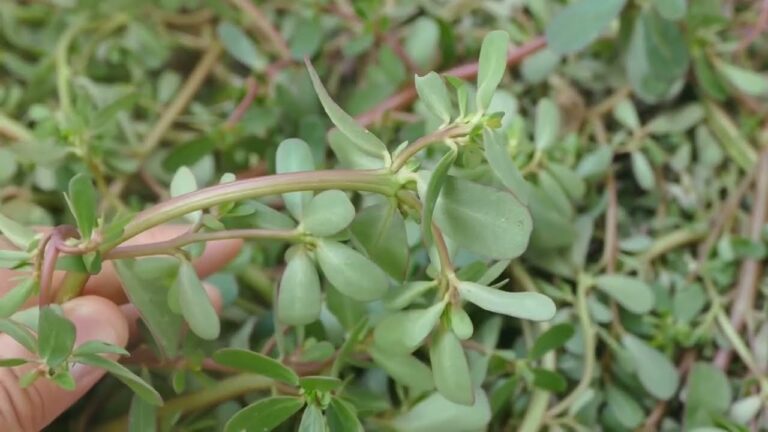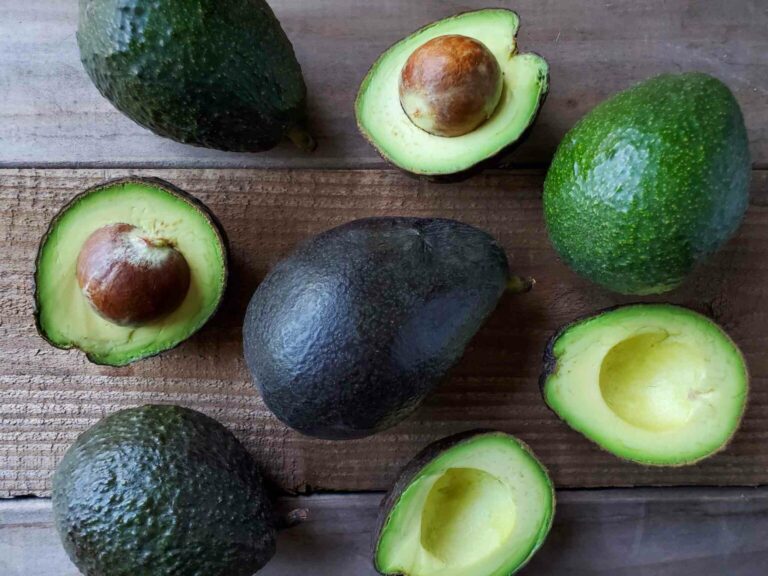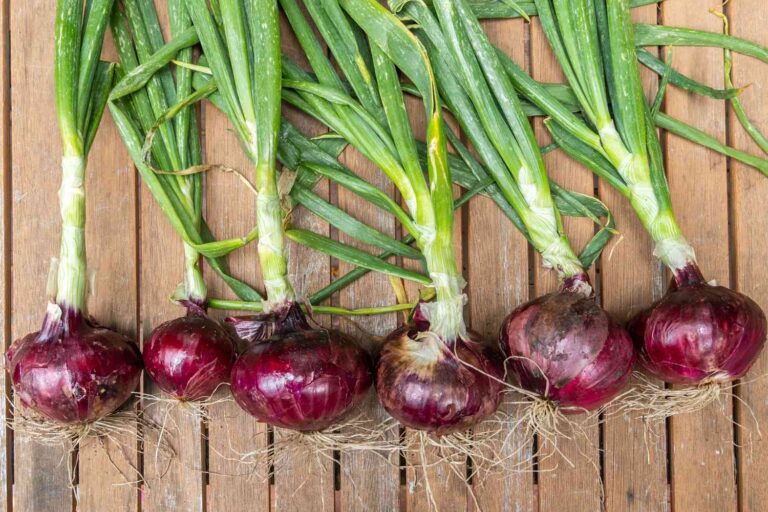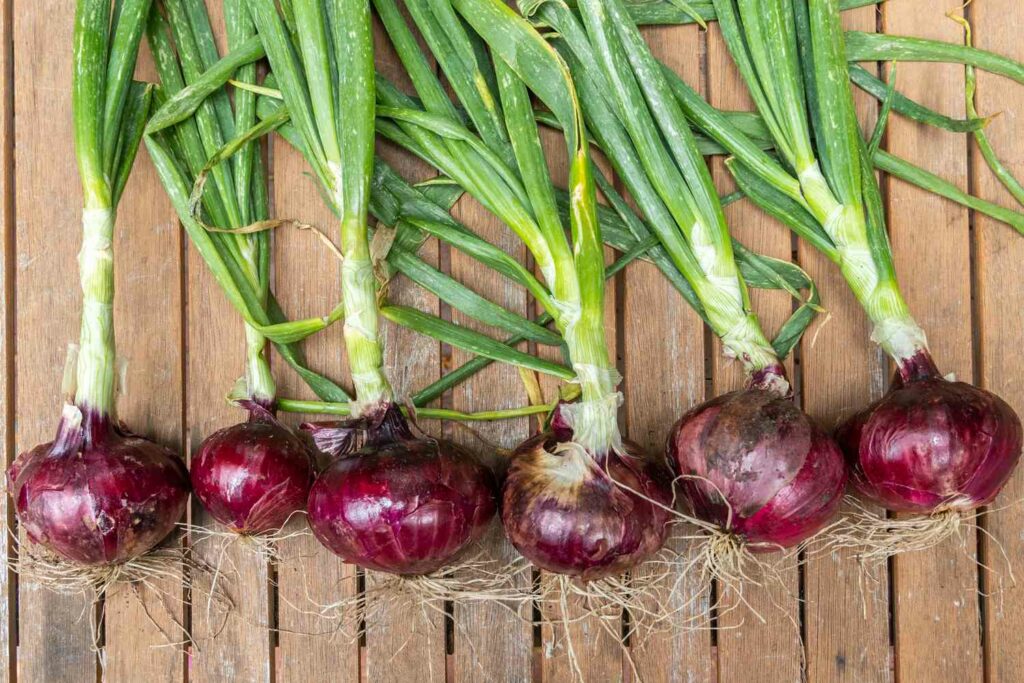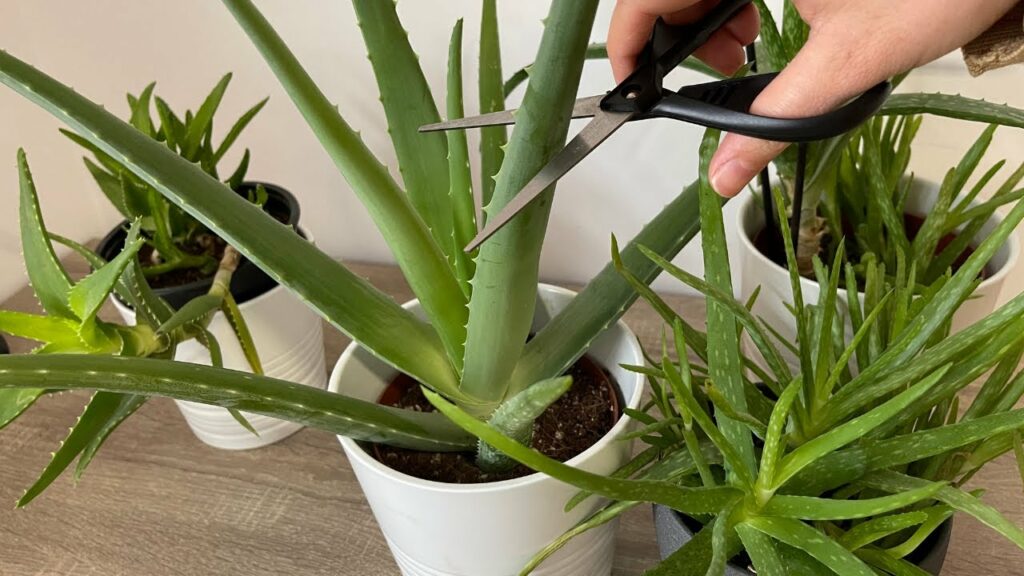
Aloe Vera is not only a plant with wonderful healing properties but also an attractive addition to your home garden. If you’re looking to enjoy more of this versatile plant, understanding how to care for it properly can lead to rapid growth and abundant offspring. Here are some expert tips to help your Aloe Vera thrive.
Optimal Planting Conditions
To kickstart your Aloe Vera’s growth, it’s essential to provide the right environment:
- Light: Aloe Vera loves bright, indirect sunlight. A spot near a window that gets plenty of light but is shielded from the harsh afternoon sun is ideal.
- Temperature: These plants prefer warmer climates and do best in temperatures between 55 and 80°F (13-27°C). Protect them from cold drafts in the winter months.
Proper Watering Technique
Watering is critical to the health of your Aloe Vera:
- Water Deeply but Infrequently: Allow the soil to dry out completely before watering again. Overwatering can lead to root rot, which is a common issue with Aloe Vera.
- Reduce Watering in the Winter: During cooler months, reduce watering as the plant’s growth slows down.
Soil and Potting
Choosing the right soil and pot can make a big difference:
- Well-Draining Soil: Use a well-draining potting mix designed for succulents or cacti. This will help prevent water from pooling at the roots.
- Proper Pot Size: Ensure the pot has enough room for growth but is not too large; a pot that is too big can hold excess moisture and cause problems.
Encouraging Offspring
Aloe Vera can produce offspring, or “pups,” which can be separated for even more plants:
- Wait for Pups to Mature: Allow the pups to grow to at least a third of the size of the parent plant before separating.
- Gentle Separation: Use a clean knife or scissors to detach the pups from the main root system, ensuring each pup has some roots attached.
- Replant: Plant the pups in their own containers with suitable succulent soil and care for them as you would the parent plant.
Regular Maintenance
Keeping your Aloe Vera healthy involves regular maintenance:
- Trimming: Remove any dry, dead leaves at the base of the plant to help focus the plant’s energy on growth.
- Dusting: Keep the leaves dust-free to allow for efficient photosynthesis.
Conclusion
Caring for Aloe Vera is a rewarding experience that can lead to your home being filled with this miraculous plant. With the right care, your Aloe Vera will not only grow quickly but will also produce many healthy offspring, expanding your collection and enhancing your home with its beauty and benefits. Enjoy the process and watch as your green thumb brings abundant life to your Aloe Vera plants.
